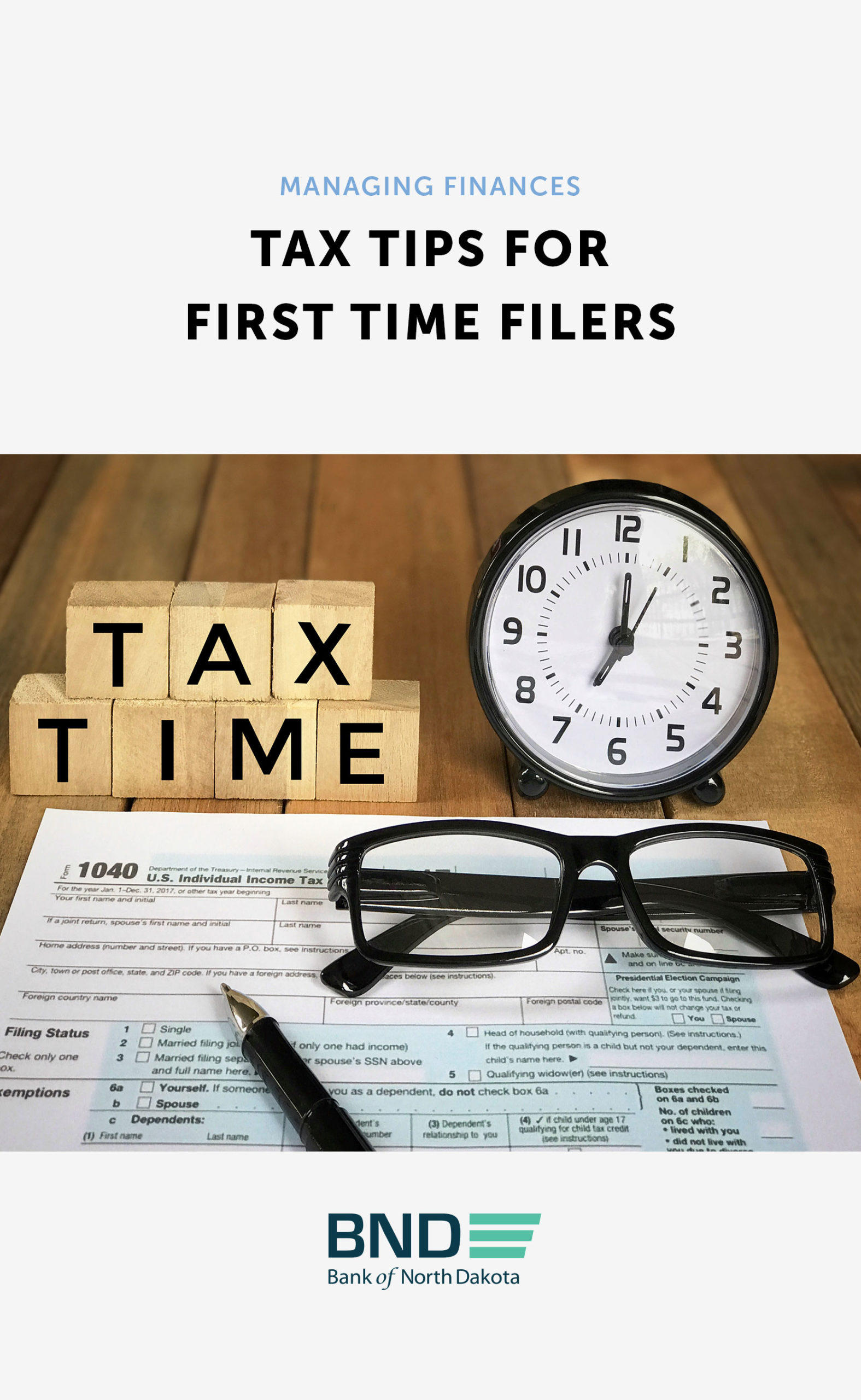If you decided to run a marathon, chances are you wouldn’t just open the door and start running 26.2 miles in the next 10 minutes. You would train for it, make sure you have the proper shoes and clothing, along with food and beverages, right?

Budgeting should happen the same way. Start with small habits that help you get to the larger goal at the end – being financially secure.
Step 1: Keep it simple.
The first thing you do is find out exactly how much you bring home each month, also called take-home pay. This number will be lower than your total pay, also known as gross pay, because taxes are deducted from your total pay.
Then, make a list of all your normal monthly expenses and add them up. Typical expenses can include food, rent, car payments, gas, clothing, insurance, cellphone, entertainment and other loan payments like student loans.
Subtract the expenses from your take-home pay and that is your starting point. If you don’t have enough money to cover your expenses or if there isn’t anything left to put in savings, then you need to consider your options to cut expenses.
Step 2: Decide how much you need in your savings account.
Stuff happens. Money experts typically recommend that you have a minimum three months’ worth of expenses saved just in case there is a job change or an illness that means you can’t work. This isn’t usually realistic for young people, so do what you can.
Try your best to have at least two months’ worth of expenses in savings. Take it one day at a time and save where you can. Keep adding to your savings, even if it’s $2 at a time.
Step 3: Be realistic when you decide how much you need to spend.
Let’s say you are spending $80 each week on food. How much of that can really be cut? If you are eating out a lot, you can probably cut that expense by quite a bit. But, if you are shopping for sales items and preparing most of your food from scratch at home, then you probably won’t cut much. You need to look elsewhere in your budget.
Entertainment expenses are often a luxury item that can be cut. Perhaps you don’t go out as often, or friends host each other in their homes, bringing their own snacks and beverages. You can buy a lot of chicken wings at the grocery store for the same $8.99 that you’d spend on a platter of seven of them at the local restaurant.
You can also cut gas expenses by sharing rides with friends or bypass the beautiful sweater you don’t think you can live without. News flash – you can live without it.
Step 4: Set a ‘think about it’ rule before you purchase.
We’ve all been there. We see it. We like it. We buy it. Then a day or two later, or perhaps it takes a month or two, we realize we didn’t really need that item. Set your own “think about it” rule. Perhaps, you wait 24 hours before you hit the purchase button, or maybe, it takes you a bit longer, and you set seven days as your time limit. Whatever it is, set a time period and stick to it! You’ll surprise yourself at how often you are thankful you didn’t spend that money.
Reference: https://www.consumercredit.com/blog/january-is-national-financial-wellness-month/


